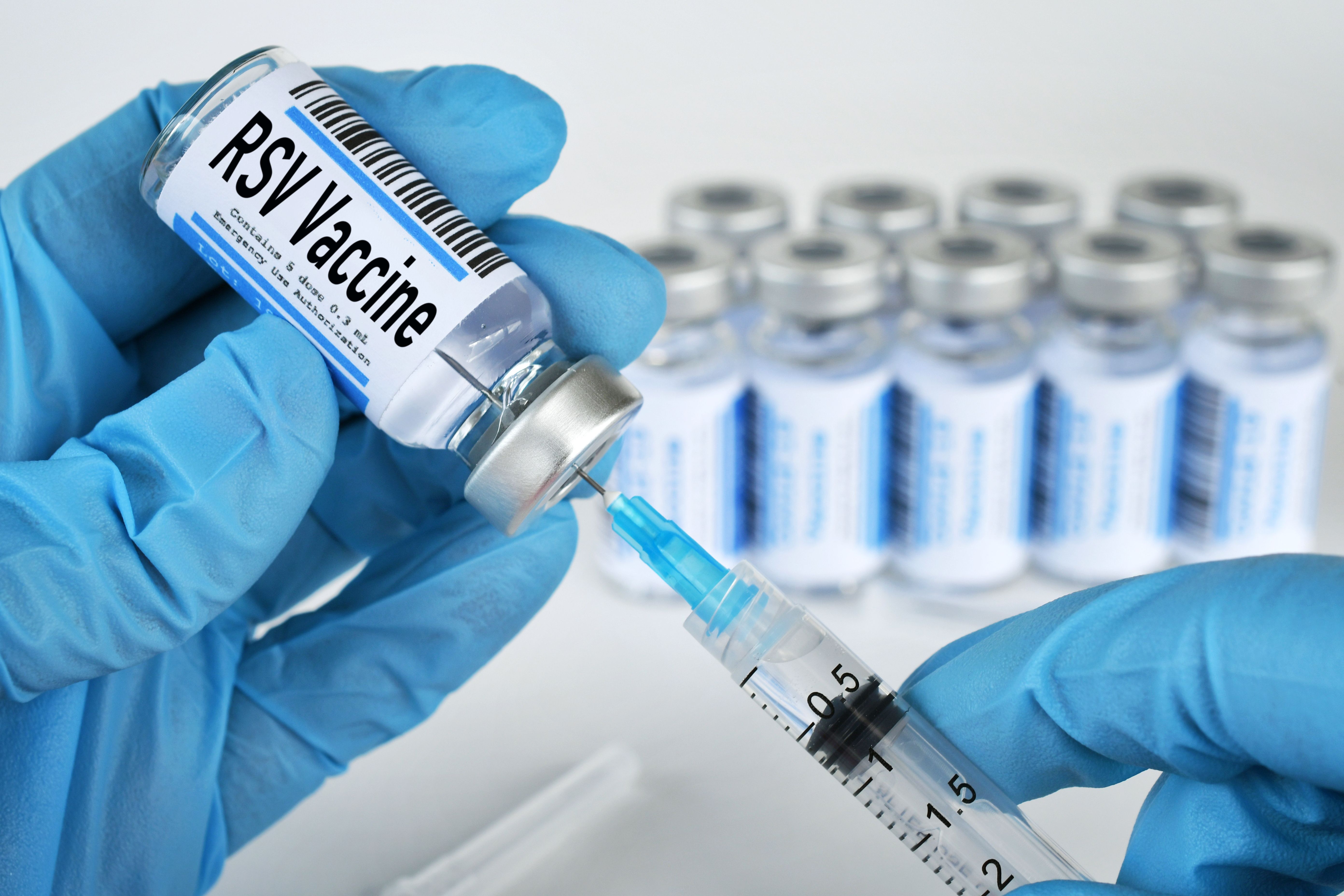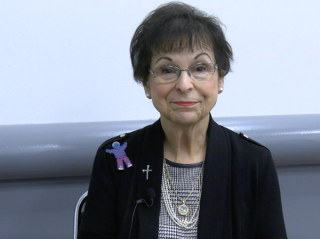
Vaccines
Latest News

Latest Videos

CME Content
More News
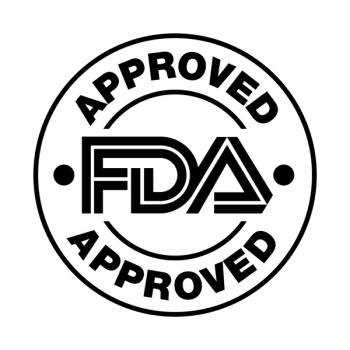
The combination vaccine targets 5 groups of the bacteria Neisseria meningitidis (A,B,C,W, AND Y) that cause the most invasive meningococcal disease cases (IMD) globally.

In this discussion, leading experts weigh in on the importance of scientific integrity, proactive advocacy, and the crucial role of vaccinations in pediatric health.

Robert Frenck, MD, offers several practical tips to use when discussing pediatric vaccination among vaccine-hesitant parents.

Of those with a minimum age or minimum interval vaccine dose, 44.9% ended up receiving extra doses to complete a vaccination series.

Contemporary Pediatrics' editor-in-chief Tina Tan, MD, FAAP, FIDSA, FPIDS, discusses the recent uptick in pediatric vaccine exemptions in this video interview.

The initiation of a phase 2 study of the investigational 31-valent pneumococcal conjugate vaccine is expected by the end of January 2025.
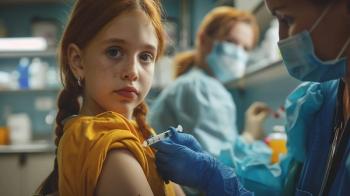
The study outcomes were estimated IMD cases and deaths averted by MenACWY vaccination in adolescents and adults aged 11 to 23 years.
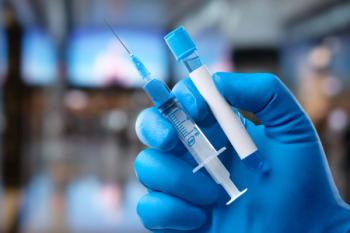
"The novel RSV prevention strategies may reduce ICU morbidity and mortality for children," the study authors concluded.

Donna Hallas, PPCNP-BC, CPNP, PMHS, FAANP, FAAN, highlights key takeaways from our October Vaccine issue of Contemporary Pediatrics.

Infants, young children, and older adults are at the highest risk for pneumococcal infection, and viral illnesses, such as influenza, may predispose sensitive groups to pneumococcal infection.
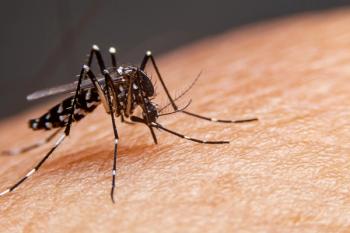
Overall, 2 doses of TAK-003 successfully induced the production of neutralizing antibodies against all 4 dengue serotypes in at least 90% of adults, children, and adolescents, regardless of whether they were seronegative or seropositive at baseline.

The CDC committee has set new recommendations based on children's age, vaccination status, and overall immunity health, for the 2024 - 2025 period.

IIV3s, RIV3, and LAIV3 influenza vaccines are expected to be available.
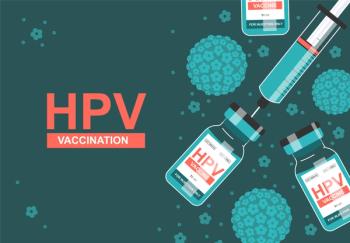
A CDC report reviews HPV vaccination trends in US Pacific Islands, revealing mixed progress towards the 2030 goal of 90% completion among girls by age 15.

The federal agency advised manufacturers in June that 2024-2025 COVID-19 vaccines should be monovalent JN.1, with the preferred lineage being the KP.2 strain.

Among children born in 2020, vaccination coverage was 4 to 14 percentage points lower among those who were eligible for VFC versus non-eligible children.
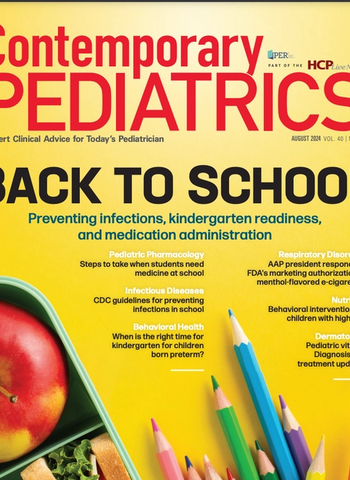
Editor-in-chief Tina Tan, MD, FAAP, FIDSA, FPIDS, highlights the August 2024 issue of Contemporary Pediatrics.

Get caught up with our journal! Review some of the top stories from the Contemporary Pediatrics website over the last week, and catch up on anything you may have missed.

Matthew M. Davis, MD, MAAP, breaks down a newly-published study highlighting a potential association between COVID-19 vaccination and prevalence of symptomatic childhood asthma.

Over the winter, the omicron JN.1 lineages overtook XBB strains as dominant.
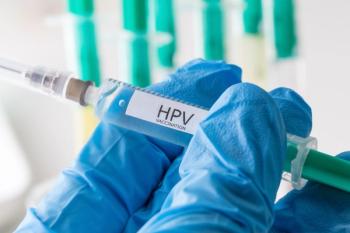
According to the report authors, girls were more likely to receive 1 or more HPV vaccine doses compared to boys (42.9% vs 34.6%).

The program allows participants to reserve doses and be eligible for priority shipping, among other benefits.
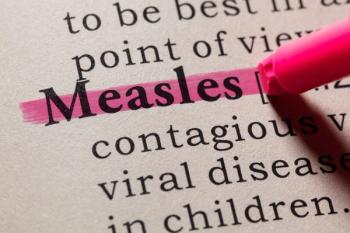
In a time when vaccine hesitancy is contributing to a rise in measles cases, an understanding of why parents are hesitant is key to help change their narrative.

The 5-in-1 vaccine candidate has the potential to reduce shots and simplify the immunization process.
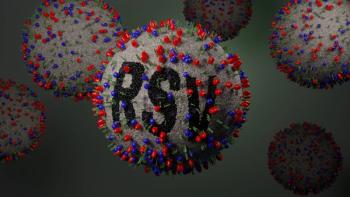
The monoclonal antibody was approved by the FDA on July 17, 2023 and quickly saw high demand at the onset of the RSV season.


